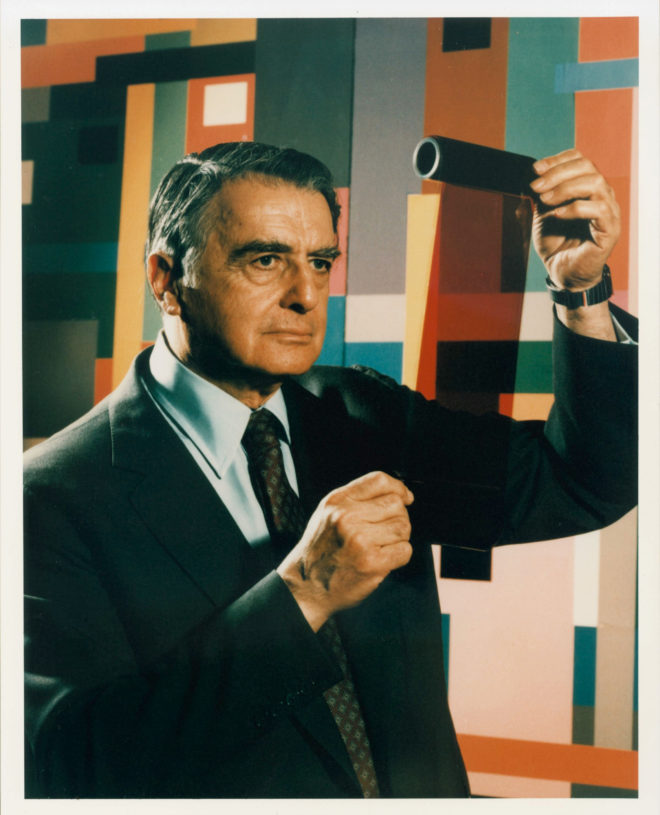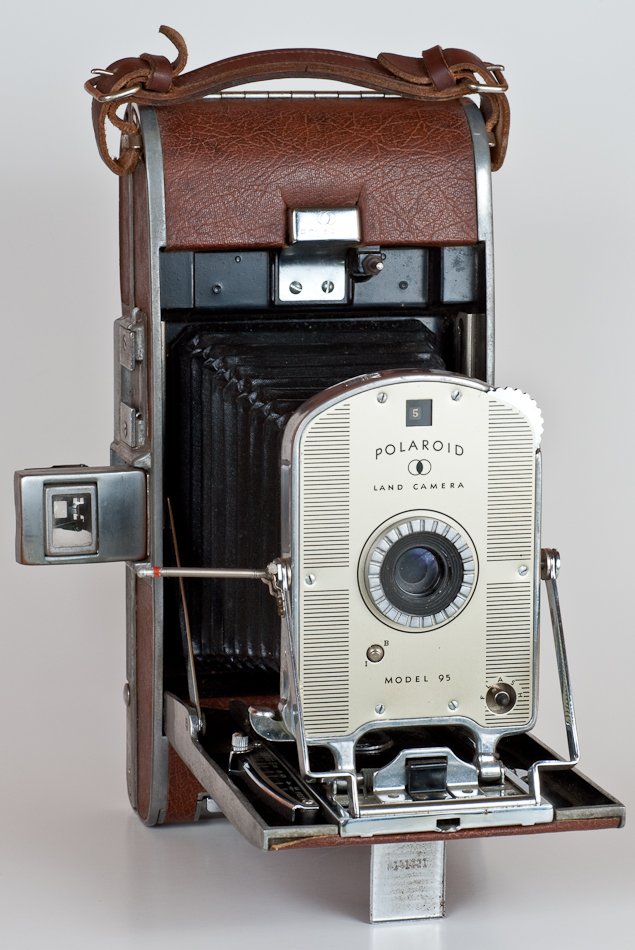
Inspired by his 3-year-old daughter, who had asked to immediately see the pictures he was taking during a family trip, Land began designing a camera and film system that could be its own darkroom. But it was his 70th “special experiment”-project SX-70-that would make him a household name. Polaroid gave customers the option of sending their prints back to the company in order to receive additional copies, enlargements, or negatives of their prints.A prolific inventor, Land notched more than 500 additional patents before he died in 1991. The semi-gloss images had white borders and deckled edges created from the die-cut perforations in the positive sheet. 75 A 100 ASA orthochromatic film, Polaroid Type 40 delivered sepia-toned prints. 74 The film packet, which retailed for $1.75, included eight exposures on the roll that produced 3 ¼- by 4 ¼-inch prints. After one minute, they unlatched the back of the camera to peel away a print that was face down toward the negative. After pushing the film-release button, customers pulled the tab out of the camera, and in a quick motion tore off the paper with the use of a built-in cutter-blade. Taking the picture simply required extending the bellows, setting the shutter, focusing the lens, and pressing the exposure lever.
Edwin land polaroid camera 1948 how to#
Polaroid instructional literature offered clear and precise illustrations that showed customers how to "drop load" the negative and positive spools into the camera, close the back, and pull out a leader of film until it stopped automatically. In 1952, in addition to the Model 95, customers could choose the "Pathfinder" Model 110, a higher-end camera, and in 1954 the "Highlander" Model 80A, a smaller, more moderately priced camera. 72 A single adjustment to the lens opening automatically set the shutter speed. It featured a three-element 135 mm f/11 lens and shutter speeds from 1/8th to 1/60th of a second with an optical viewfinder that folded out.

The Model 95 weighed four pounds, two ounces, and measured 10 ½ by 4 ½ by 2 ½ inches. Walter Dorwin Teague, who also designed Polaroid's glare-free desk lamps, created a camera body made of die-cast aluminum with a satin-brushed chromium finish. Camera owners received letters of welcome and inviting instructional booklets illustrating the operation and features of the camera, with tips for good exposure, lighting, background, and composition. Casselman sagely noted, "This is the first camera in history that can be completely demonstrated-and history shows that it's the demonstration that clinches the sale- providing it's a good one!" 70 An early advertiser on television, Polaroid featured spots on the Dave Garroway Show in 1952 and the Steve Allen Show in 1954, where television hosts revealed through one new medium the wonders of another. Those selling Land Cameras quickly learned the benefits of a system that could take a photograph and instantaneously reveal the quality of the image. In order to establish greater connection with their customers, the company decided to distribute directly to dealers.

After its Boston debut, the Land Camera appeared at department stores in test markets in New York and Miami, a popular vacation destination. All 56 cameras brought to the Jordan Marsh demonstration sold out. 68 Booth provided dealers with the "Polaroid Promotion Plan" that detailed the timing, logistics, and value of newspaper ads, training sessions, and demonstrations of the camera in order, Booth asserted, "to stage a dramatic introduction for a product destined to make photographic history." 69Īt $89.75, the leather-bound Polaroid Land Camera, Model 95, represented a high-end consumer purchase.
Edwin land polaroid camera 1948 movie#
Harold Booth, known for his success in sales and marketing at Bell & Howell Company, a leading home movie manufacturer. To orchestrate the rollout of the product, Polaroid hired J.


Ushering in the holiday sales season, the demonstration took place at Jordan Marsh in Boston, one of the region's leading department stores. "Everyone left at Polaroid knew that, at the present rate of decline, the business, the company, and their jobs might not survive 1947 or the first half of 1948," remembers Peter Wensberg. Land had wisely kept his costs down by operating in the low-rent industrial area of Kendall Square and, to his dismay, laying off hundreds of workers due to the post-war slump. Edwin Land stood at a precipice, wondering whether the significant investment and research in his new product would pay off. On Friday, November 26, 1948, the day after Thanksgiving, known as the busiest shopping day of the year, Polaroid introduced the Polaroid Land Camera, Model 95, and Land Film, Type 40, to the public.


 0 kommentar(er)
0 kommentar(er)
